Atmosphere
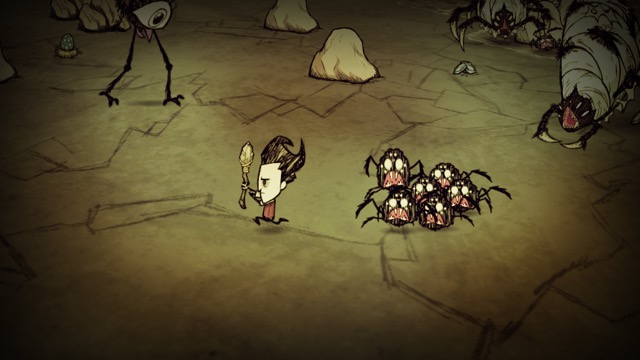
When we discuss games, especially those within the horror genre, this idea of “atmosphere” comes up again and again. I reference it rather frequently in my own writing, but one thing that we commonly neglect to do is actually say what we mean when we use it.
As it is right now, it exists as one of those, oft-used game review buzzwords, sitting alongside other repeat offenders: “visceral”, “moody”, “tight”, and countless others. We use it because it is easy, a simple way to get across a complex idea about the situations a game puts a player in, and the wide array of emotions that it evokes within you, and it would greatly benefit us all if we took the time to examine this sense to see what we really mean when we talk about atmosphere in a game.
Roguelikes and Story
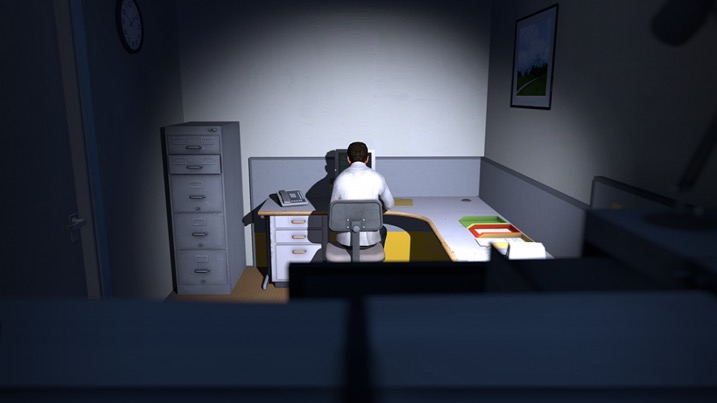
I’ve written about roguelikes before, but one thing about these games has always been limiting, at least in my opinion. The implementation of a story (or lack thereof) constrains these titles, prevents them from being something other than a casual endeavor to pick up and play when the mood strikes, and then drop after a particularly frustrating death. As a genre, it hinges on gameplay and mechanics so much because mastery and its pursuit is what keeps players coming back.
The idea of “grokking”, of not only understanding the mechanics of the game, but absorbing them enough that it enables you to look at the game differently, is the bread and butter of the Roguelike/lite genre. Sure you want to reach the end of the dungeon and fight the last boss, but even after that, you will endlessly chase the perfect run, the platonic ideal of what a playthrough could be, where everything comes together just right, with all of the correct pickups and weapons to make playing a breeze.
Anatomy of a Scene - The Babadook
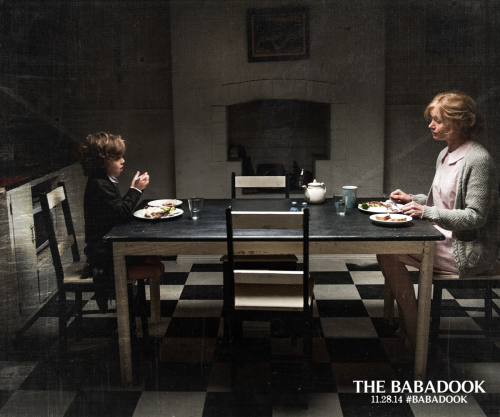
A long time theme of horror has been that the real fears do not come from the disgusting monster or the axe-wielding maniacs, but from human beings. It is the drive behind zombies, behind Michael Myers, behind vampires. In The Babadook, they take this and distill it, examining one woman and her son as they struggle with a specter that is haunting their lives. But the threat here is not a tall, scary man in black coat, but in what this man actually stands for: Amelia’s grief over the death of her husband and how she refuses to face it.
It starts as something much closer to a standard horror movie. We see a flashback of her husband’s death before we are thrust into the everyday life of Amelia and Samuel. He’s hyperactive and inventive and she is simply exhausted by it. But then one day, they find a book: Mister Babadook
“If it’s in a word
Or if it’s in a book
You can’t get rid
of the Babadook.”
Then these two start being haunted by this terrifying presence. It tortures them, forces Amelia to do horrible things. To kill her dog, to hurt her son, before it is finally beaten back. “She faces it down in her bedroom, house quivering with the force of the confrontation between them.
Patriarchy
As this site moves forward and we begin to introduce more complex topics it will become useful for us to give a primer in some of the themes and ideas that we are talking about. We've done a little bit of this already, but we will be digging in a little deeper into the topics in question. Death of the Critic is, at its heart, a critical website where we try to take a deeper look at different aspects of media. From movies to games to music and more, we aim to enhance the discussion around media in order to deepen our knowledge and understanding.
In feminist critique, the concept of “The Patriarchy” is frequently examined. At its simplest state, a patriarchy is a male-dominated society, with power being passed from father to son and societal structures built around that. It is a system, that by its very definition has men being greater or more valuable than women.
But it is not always this explicitly shown in a text. Rarely do stories in contemporary settings state outright that their male characters are worth more in some ways than the female characters. We have to look at the roles that they each group take, and the way in which they interplay with each other. Read More…
Superpowers and Storytelling
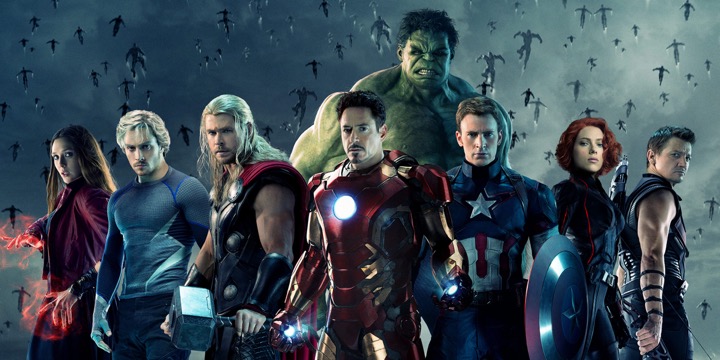
We love our superpowered heroes. Flight, strength, laser beams and more in the hands of people just like us. And the more powerful that they can be, the better. But as our heroes cross the limits of humanity, it adds more and more complications to how the story fits together, and how we, as an audience, can relate. When you start looking at superpowers, the very laws that govern our reality start to break down, and writers have to deal with the way in which this affects the plot. In the Marvel Cinematic Universe, there are multiple characters capable of warping all of reality to their whim, unkillable monsters, stones that embody pure power, literal gods, and extradimensional entities that rule over time itself. Yet so many of these reality breaking characters play by the rules of our normal universe.
Music with a Message
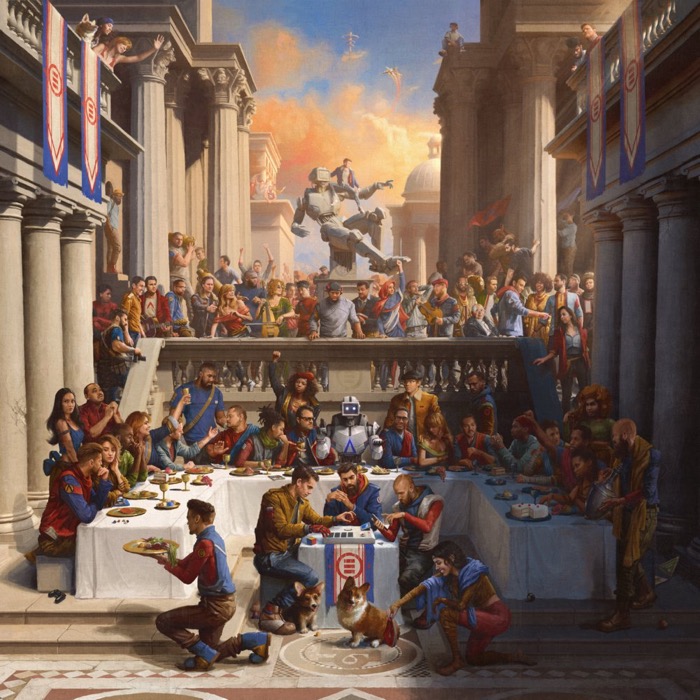
If you read a lot of writing about music, you will start to notice a common criticism crop up over and over again: that the song or album is shallow. It is particularly relevant when that project has a message that it is trying to convey. So, what separates an album that communicates its message well versus one that is shallow, even if both of them are trying to deal with the same level of subject matter: racism, sexism, violence, or more.
Tokenism
As a follow-up to our discussion on the Noble Savage, I wanted to take the time to talk about the delicate issue of tokenism in contemporary media or literature. Put simply, Tokenism is the idea of diversity being included for show, of including minority characters in minor roles such that a single minority character has to represent the entirety of their group.
In less malicious contexts, this can take the shape of something that you might see on a brochure, a “multicultural” group of people that are diverse in appearance only. These characters are not allowed to express themselves in a way that would significantly differentiate them from the norm (read: white and straight). It is a way for studios to brag about embracing diversity without actually doing anything of substance. Read More…
Product Placement: Realism vs. Marketing

It is a familiar experience for anyone who has watched a movie or binged a TV show: the main character will be talking, walking down a busy street and in the background, we will see storefronts plastered with ads for the same few companies, Coke or Taco Bell or some other massive corporation. Often, these ads don’t even stick out, fading to the background much like they do in our everyday life (which might itself serve as some accidental commentary about the massive marketing pushes we are subjected to).
Anatomy of a Scene - Jarhead

This is my rifle. There are many like it, but this one is mine.
My rifle is my best friend. It is my life. I must master it as I must master my life.
Without me, my rifle is useless. Without my rifle, I am useless.
Male Gaze
When we talk about the depiction of sex and sexuality, frequently the idea of the “Male Gaze” comes up, mostly in regard to female characters and their depiction. At its heart, it’s a rather simple concept, but it can reveal a lot about the intended audience of a piece and of who made it. The Male Gaze is how a scene is portrayed specifically to be attractive to a heterosexual, male audience. It’s designed to appeal to men, and it is evidenced through the difference in depictions of straight male characters, straight female characters, and lesbian female characters and their relationships in media. Read More…
Bethesda's Review Policy
Much has already been said about Bethesda’s decision last year to stop sending out early review copies of their games to let “everyone, including those in the media, experience our games at the same time.” It is bad for many people, like those behind large websites, but most importantly it affects the consumers and how much information they have when they go to the store to pick out a product. It does actually benefit one other group besides Bethesda: small sites like ours that would never receive these copies in the first place. I’m not a fan of this policy by any means, but it allows me to sit on the same playing field as a writer for IGN, Polygon, Kotaku, or others.
When Dishonored 2 came out, I got it the same day that everyone else did. I was able to play through it twice that weekend, and four days later I published my review. I managed to beat a lot of major publications to press (due in part to my ability to focus on one review instead of many things at once), and while being able to do this did benefit our site, letting us see a tangible traffic boost from it, it had no way for me to help those people that wanted to buy the game on launch day.
We don’t get many pre-release copies of games at this point. Most of our reviews come one to two weeks after a game has launched, and are aimed at the smaller group of players who are waiting to buy a game. But a large portion of a game’s sales happen launch or in the week following, and we cannot help these people. Traditionally, this is where larger outlets have been able to come in with Day One or pre-release reviews based off of early copies provided by the publisher. This lets Day One purchasers make informed decisions about how to spend their money and if the new game is worth it. Read More…
Living Life Down the Barrel of a Gun
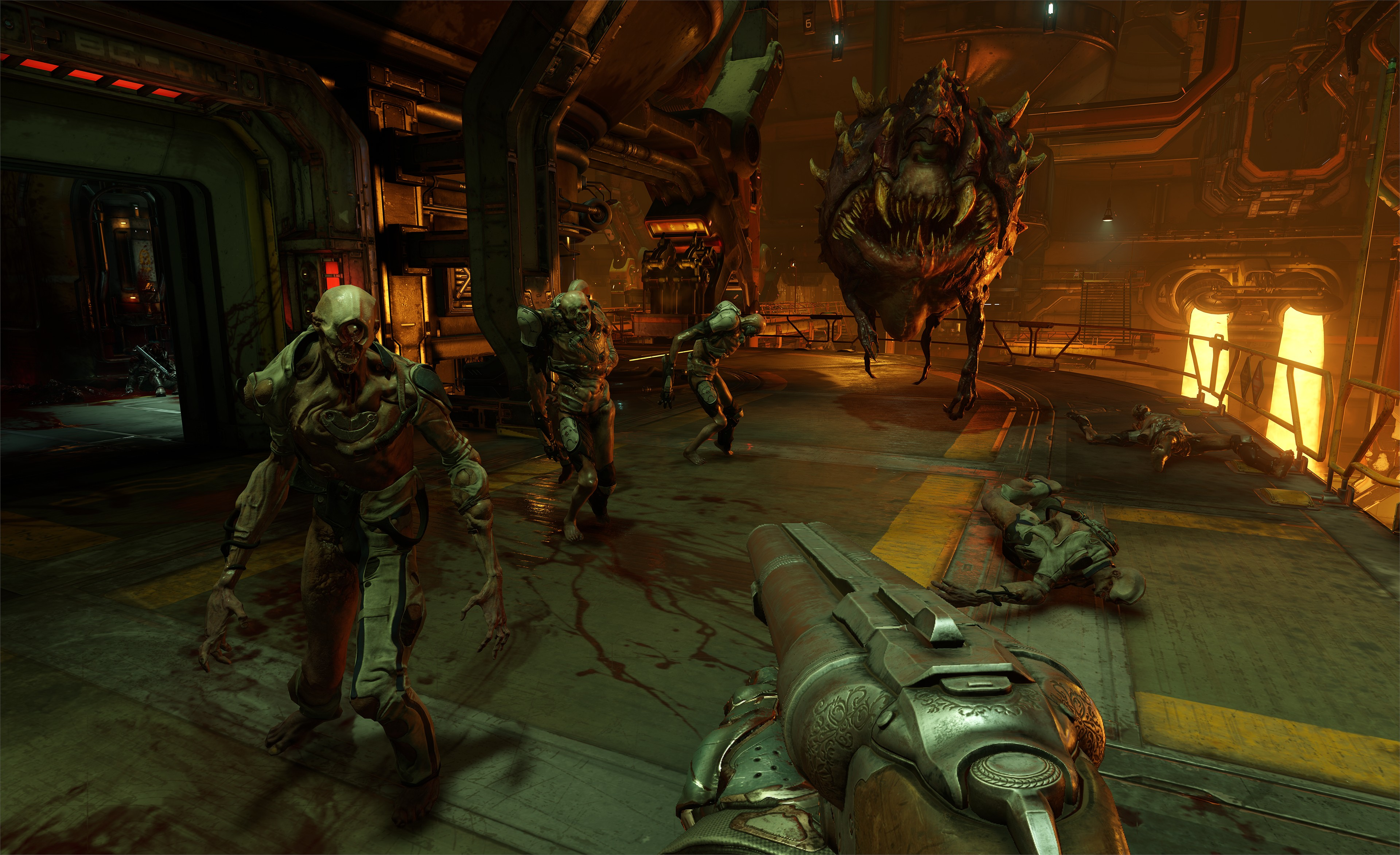
For all of the broad range of experiences that games can offer to us, the actual ways in which we are allowed to interact with them is rather limited. Most game screens look remarkably similar from a UI point of view. There is some sort of health bar, possibly a map or objective indicator in one corner, maybe a crosshair in the center of the screen, but invariably, the bottom right corner of the screen is almost always taken up by a gun. There are a few games that don’t follow this, but in the mainstream, first-person games that don’t shove a gun into your hands are the vast minority. And if your hands are filled with a gun, they have a knife, or a sword, or a bow, your weapon is offscreen, waiting to be pulled up with a single button press, aching to strike out at someone.